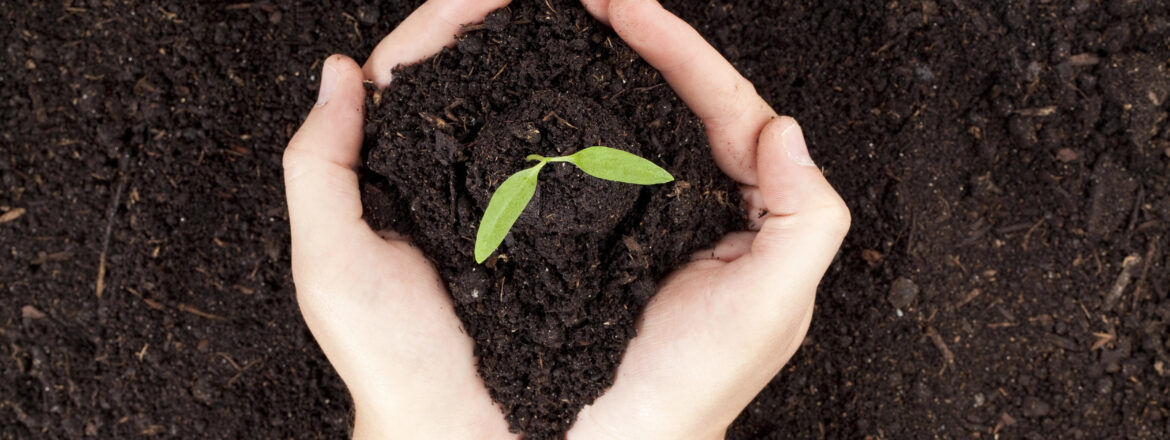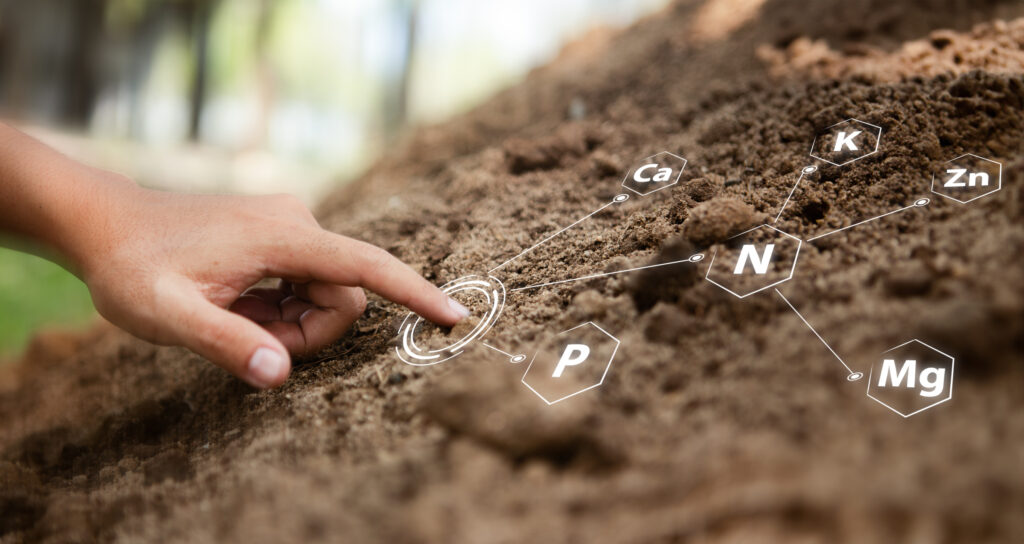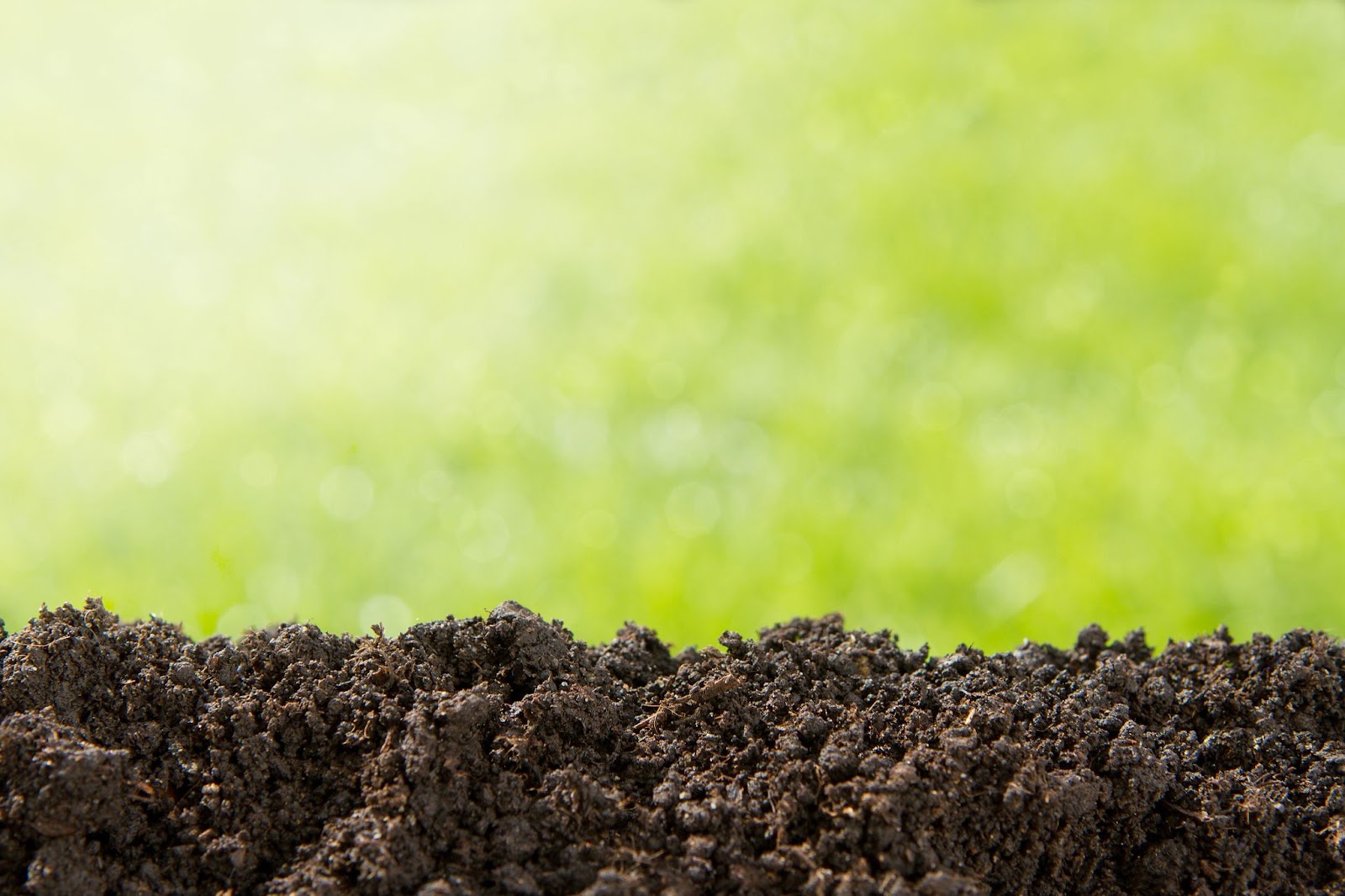
27
Jul
Healthy soil is the foundation of any vibrant, sustainable landscape. For commercial properties, where appearance, durability, and long-term health are top priorities, understanding the condition of your soil is essential. Soil testing is a critical tool that reveals what’s happening beneath the surface, enabling property managers and landscape professionals to make informed decisions that enhance plant health, minimize waste, and optimize resources.
Why Soil Testing Matters
1. Informed Nutrient Management
Soil testing identifies the levels of key nutrients like nitrogen, phosphorus, and potassium, as well as secondary elements such as calcium and magnesium. With these insights, landscape managers can apply the right fertilizers in the correct amounts, avoiding both undernourishment and nutrient runoff that harms the environment.
2. pH Level Insight
The soil’s pH level affects how plants absorb nutrients. Most commercial landscape plants prefer slightly acidic to neutral soils. A test reveals if your soil’s pH is outside the ideal range, allowing corrective action such as lime or sulfur applications.
3. Contaminant Detection
Especially important in urban and industrial areas, soil testing can detect contaminants like heavy metals or residual chemicals. Identifying these early helps reduce liability and ensures the landscape remains safe and compliant with environmental standards.
4. Understanding Soil Texture and Structure
Soil composition—how much sand, silt, or clay is present—directly impacts water retention, drainage, and root development. Soil testing can highlight compaction issues or poor permeability that require intervention.
5. Measuring Organic Matter
Organic content plays a key role in soil fertility and structure. A test provides insight into microbial activity and the soil’s ability to retain water and nutrients, helping guide compost or mulch applications.

Common Issues Soil Testing Can Reveal
- Poor turf performance often stems from low nitrogen or imbalanced pH.
- Compacted soils restrict root growth and reduce oxygen availability.
- Drainage problems can be linked to high clay content or poor soil structure.
- Discolored plants or stunted growth may indicate a lack of key micronutrients.
- Unexplained plant decline could be due to soil contamination or improper pH.
Applying Soil Test Results
Once test results are in, professionals can:
- Develop precise fertilization programs based on actual nutrient needs.
- Apply soil amendments to correct pH imbalances.
- Recommend aeration or organic material to address compaction or improve texture.
- Implement drainage solutions where permeability is low.
- Adjust irrigation scheduling based on moisture retention capacity.
When and How to Test Soil
Soil testing is best done in spring or fall—before planting cycles or major maintenance programs begin. For accuracy, samples should be collected from various zones across the property, including turf, beds, and tree root areas. These samples are then combined, dried, and sent to a lab for analysis.
For high-traffic commercial properties, annual soil testing is recommended to track changes and ensure ongoing plant health. It’s especially important after construction, renovation, or changes to landscape use.
Benefits Beyond the Soil
Soil testing not only improves plant performance but also contributes to broader landscape management goals:
- Cost Efficiency: Avoids over-application of fertilizers and reduces water use by improving retention.
- Sustainability: Supports environmentally responsible practices and contributes to certifications like LEED.
- Risk Reduction: Identifies issues early to prevent costly plant loss or remediation.
- Long-Term Planning: Helps managers schedule phased improvements and budget effectively.
Soil Testing with OneSource
At OneSource Property Maintenance, we integrate soil testing into our broader landscape care programs. Our process includes:
- Site-specific sampling from turf, plant beds, and tree areas
- Laboratory analysis for nutrients, pH, texture, and organic matter
- Expert interpretation and custom recommendations
- Implementation of corrective actions such as fertilization, pH balancing, and soil conditioning
- Ongoing monitoring to track progress and adjust plans as needed
We don’t just test—we translate results into action. Whether you’re maintaining an established property or planning enhancements, our team helps you make the most of your landscape from the ground up.

Take the Guesswork Out of Soil Management
Your landscape’s success starts below the surface. With professional soil testing and interpretation from OneSource, you gain clarity, control, and confidence in your landscape decisions. Contact us today at 801-599-0319 to schedule a soil assessment and lay the groundwork for a healthier, greener property.
